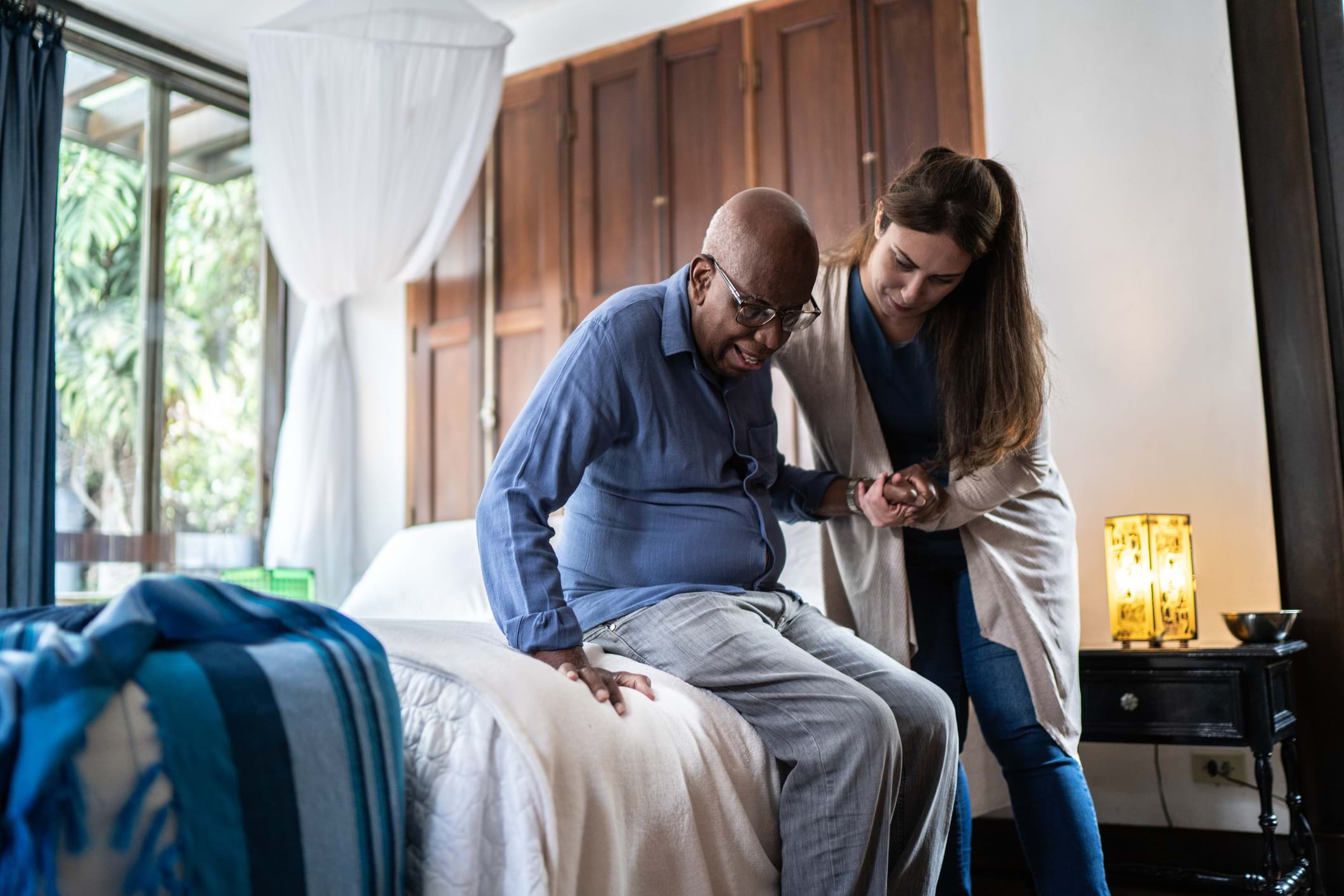Penn Medicine’s 16-story, $1.5 billion New Patient Pavilion is one of the most high-profile construction projects in Philadelphia today. When it opens in 2021, the new LEED-certified hospital will include 500 private patient rooms, a new emergency department and 47 operating rooms.
The sheer scope and complexity of the project required completely custom and collaborative programs to manage risk, negotiate insurance options and strategize “outside the box” to ensure the safety of workers, the larger Penn community, as well as the general public.
18 months before the first shovel struck the ground, the Graham team was already working with Penn Medicine and their key design, architecture, engineering and construction management partners (collectively the PennFIRST team) to collaborate and create comprehensive and cost-effective programs that would set the project up for success under a truly unique method of construction called Integrated Project Delivery (IPD).
Integrated Project Delivery: Collaboration and Innovation
The IPD model is a fundamentally different and unique approach to designing, planning and building large construction projects. And it starts with a commitment to collaboration. At the outset, Penn Medicine and the rest of the PennFIRST team decided to work with Graham to create a custom professional liability insurance program that would respond to the unique demands of the IPD paradigm. Should an issue concerning professional liability ever arise, each member of the PennFIRST team is committed to jointly identifying the best solution that will enable the project to be completed on time and within budget.
In many “traditional” construction projects, each party works – to a degree – in separate silos. And if the project suffers from a design defect or other error/omission of a professional nature, the project owner, architect and engineer may be forced to “point fingers” in order to get the issue resolved – sometimes to the point of litigation. This can tie up significant resources and prevent the project from meeting key budgets and timelines. This also potentially creates “friction” on the jobsite, which can further exacerbate the issues and get the job off the rails.
OCIP: Coverage, Control and Cost-Savings
For the actual construction activities, Graham recommended an Owner-Controlled Insurance Program (OCIP). Rather than coordinating with hundreds of contractors and their individual insurance policies, each with varying levels of coverage and quality, Graham negotiated a broad insurance program on behalf of Penn Medicine and all participating contractors. With this model, Penn Medicine was able to exert maximum control over the quality and quantity/limits of coverage, including general and excess liability and workers compensation.
Graham’s three decades of experience successfully administering billions of dollars of construction activity enables owners to save up to 1.5 percent of a project’s hard construction costs with an OCIP, which can translate into millions of dollars. Under an OCIP, the owner can realize significant cost savings “upfront” on the fixed premium insurance cost, and they are able to “turbo charge” those savings by establishing a true culture of safety on the project site.
Proactive Safety Services
Building on the overall spirit of collaboration, Graham worked hand in hand with the PennFIRST team to develop a single, comprehensive safety program to govern the project’s construction activities. First, Graham helped to implement a contractor pre-qualification process to ensure each contractor had a strong, demonstrable safety record. Then, the team designed a custom drug and alcohol testing program – a first for Penn Medicine. This program ensures that every individual worker has cleared a comprehensive drug test before stepping onto the project site. Random, monthly drug tests are also conducted, and tests will also be administered following reasonable suspicion or a workplace accident. Leading research has demonstrated that drug-testing programs reduced construction incidents by 51 percent in two years.
As part of the overall safety program, the project also includes an on-site Medical Facility to provide immediate medical care if needed. The medical personnel can fully care for minor injuries, and will provide critical emergency care after a major incident, before the worker arrives at the hospital.
Finally, Graham has an ongoing safety presence at the project. Each week, our team walks the job site with the construction manager and other key contractors to ensure the extensive safety protocols are being put into practice by all participating contractors. The fact that the owner participates directly in the safety program has established an increased level of focus and trust amongst all parties. The detailed safety program and personal site visits will allow us to minimize both claims frequency and severity.
When complete, Penn Medicine’s New Patient Pavilion will provide lifesaving medical care. But their focus on saving lives doesn’t start when those doors open: It has informed the entire construction and design process, as we worked together to develop a unique and comprehensive program that actively minimizes risk and meets the highest on-site safety standards.
Written in collaboration with Benjamin Evans, Associate Vice President, Office of Risk Management & Insurance, The University of Pennsylvania

Philadelphia, PA, 19102







